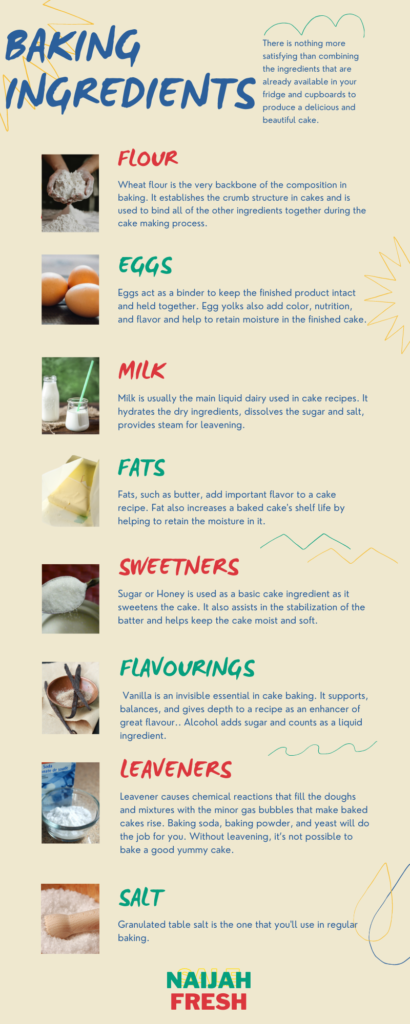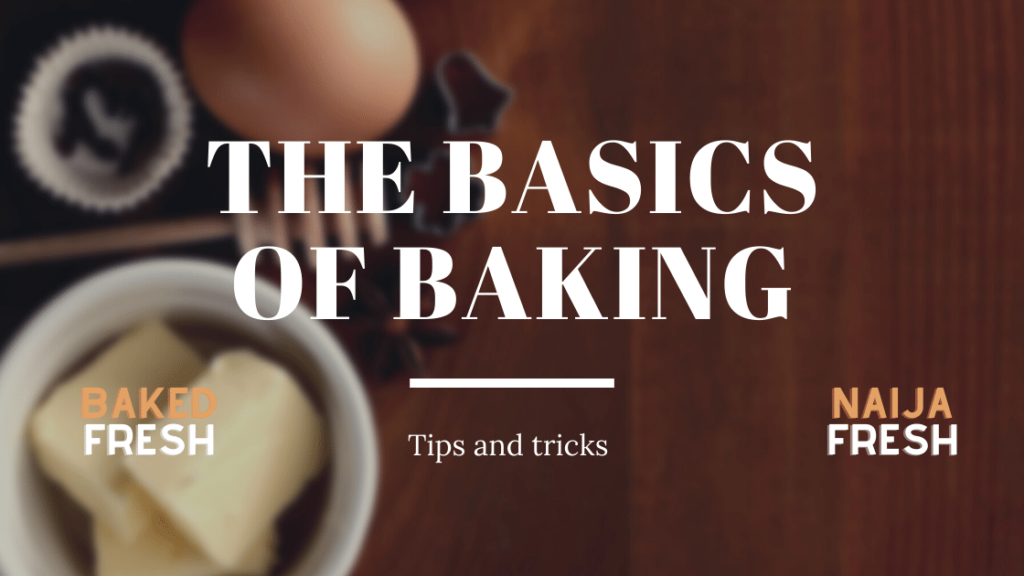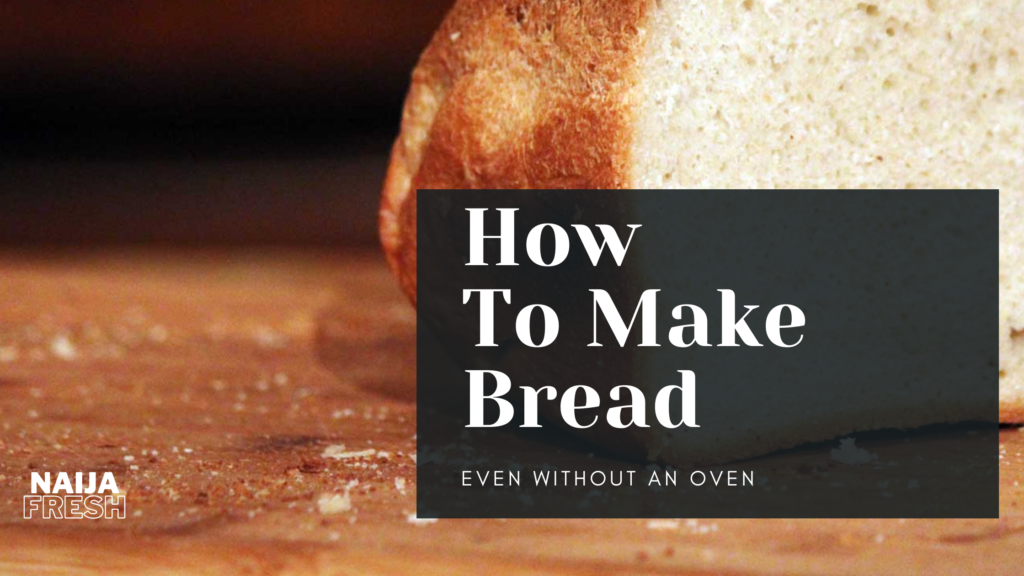Cake Ingredients List/Bahan kue
Do you really need everything you see in recipes? Which baking ingredients are essential? Which can you swap or skip?
In this guide, we’ll walk you through the 8 basic cake ingredients you must have in your kitchen. You’ll also learn their functions, get storage tips, and discover where to buy quality baking ingredients for cake in Nigeria.
Let’s dive right in!
1. Flour – The Structure Builder
Wheat flour is the backbone of the baking ingredients.
It forms the basic structure, allowing your cake to hold shape while staying soft inside.
The most common type is cake flour, which has lower protein and creates a tender crumb. For best results, sift your flour to remove lumps and improve air incorporation.
Function: Provides structure through gluten formation.
Pro Tip: Store in a sealed container in a cool, dry place — or refrigerate for longer shelf life.

Cake flour is best stored in a dry place. Storing in a Freezer or Fridge in a closed container will help extend its shelf life. You can buy cake flour from NaijaFresh. You can initiate WhatsApp communication with them.
2. Eggs – The Ultimate Binder
Eggs perform a multitude of important functions in a cake recipe, depending on the part used. Eggs bring it all together — literally. They help to bind ingredients, add richness, and support the rise of your cake.
Both egg whites and yolks serve different roles:
- Whites contribute to volume and lightness
- Yolks add fat, moisture, and color
Function: Structure, binding, emulsifying, and leavening.
Storage Tip: Keep eggs refrigerated and use within 4–5 weeks.
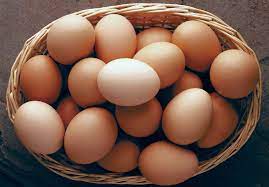
Eggs are perishable and should be stored in a container inside the fridge. Raw eggs that have been removed from their shells should be refrigerated in a tightly covered container. With proper storage, eggs can last up to 4 to 5 weeks in a fridge.
3. Milk – For Moisture and Reaction
Milk is usually the main dairy liquid used in a cake recipe. It hydrates the dry ingredients, dissolves the sugar and salt, provides steam for leavening, and allows for the baking powder and/or baking soda to react and produce carbon dioxide gas. Milk is the unsung hero in your baking ingredients list. It moistens the batter, helps sugar dissolve, and activates your leavening agents (like baking powder).
It also adds subtle flavour and texture.
Function: Hydrates dry ingredients, reacts with leaveners, and adds moisture.
Tip: Buttermilk can boost flavour and tenderness even more.
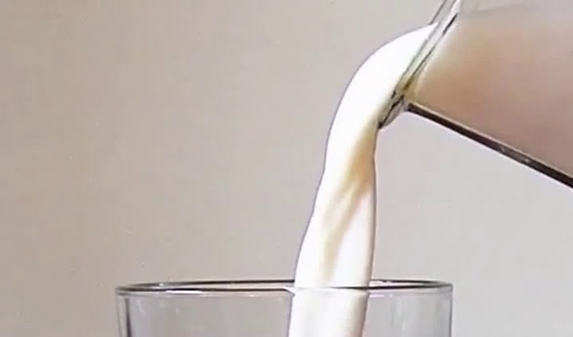
Milk can be refrigerated for up to 7 days, but buttermilk for about two weeks. Milk has a ‘use by date, which refers to its safety. Milk shouldn’t be used after this date.
4. Fats (Butter/Oil) – Softness and Flavor
Fats such as butter add an important flavor to the cake recipe. Fats hold it all together. Fat also helps to create a light and tender texture in cakes and makes them fluffy. Fluffiness means softness. Fats do more than add flavour. They trap air during mixing, which later expands during baking — making your cake rise and soften.
Whether it’s butter, margarine, or oil, this ingredient helps define the final texture.
Function: Tenderizes, adds richness, traps air for fluffiness.
Storage Tip: Keep butter cool and sealed away from heat or strong odours of air form from the sharp edges of the crystals interacting with the fat. These pockets form a finer grain in the finished product.

Store butter in an airtight container. Keep it away from direct sunlight, the stove, or other sources of heat that may change its state. Store butter out of the fridge only if the room temperature stays below 70–77°F (21–25°C).
5. Sugar – Sweetness + Moisture Retention
Sugar adds sweetness, as well as contributes to the product’s browning. Sugar tenderizes a cake by preventing gluten from forming. Sugar also holds moisture in the finished product. Sugar also helps in creaming. When sugar is creamed with butter, the sugar crystals help drive air into the mixture. You already know sugar sweetens your cake. But it also performs critical chemical magic in your batter.
Sugar holds on to moisture, encourages browning, and helps aerate your mix when creamed with fat.
Function: Sweetens, tenderizes, promotes browning, helps leavening.
Note: Store in a cool, dry place. Avoid damp areas to prevent clumping.
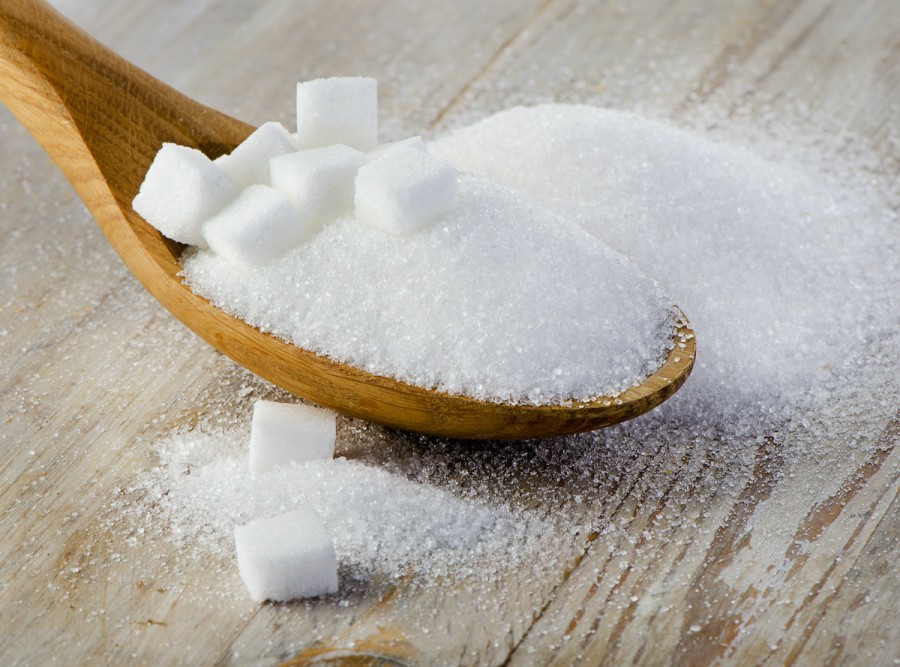
Always store granulated sugar in a covered container in a cool, dry area.
Store sugar in a cool, dry location (not the refrigerator). Moisture makes granulated sugar hard and lumpy. Once this happens, it creates problems in usage, and there is no easy method to restore lumpy sugar. Always store all sugars in an odor-free area.
6. Flavourings (Vanilla, Almond, Citrus Zest)
Flavoring like vanilla extract is an invisible essential in cake baking. It supports, balances, and gives depth to a recipe, with an enhanced flavor. Alcohol adds sugar and counts as a liquid ingredient when used as a flavour.
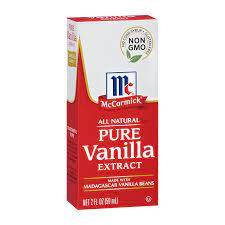
Without flavouring, cakes can be bland. Vanilla extract is a must-have in your cakes ingredients stash — it elevates the taste of every bite.
Function: Enhances and deepens flavor.
Storage Tip: Keep in a cool, dark cupboard..
7. Leaveners (Baking Powder / Baking Soda)
Leavener causes chemical reactions that fill batters and mixtures with the minor gas bubbles that make baked cakes rise. Baking soda, baking powder, and yeast will do the job for you. Without leavening, it’s not possible to bake a good, yummy cake.

This is what makes your cake rise. Baking powder and baking soda react with acidic ingredients or moisture to release carbon dioxide — forming bubbles that expand in the oven.
Function: Leavening (makes cake rise).
Storage Tip: Keep dry and sealed. Check expiration date regularly.
8. Salt –The Flavor Balancer
The main function of salt in cake recipes is to enhance the flavor of the other ingredients. Yes, even sweet cakes need salt. A pinch of salt enhances all the other flavors and balances sweetness.
Function: Enhances taste and balances flavor.
Tip: Use fine salt for better dispersion.

Salt should be stored in an airtight container in a cool, dry, dark location. The best way to store salt is to keep it away from moisture.
All the ingredients I listed above are considered essential. Nevertheless, as you start to bake more cakes, more baking ingredients will help tweak your craft. All these ingredients can be bought in NaijahFresh.
Cake Ingredients List and Measurements (Quick View)
Here’s a quick example based on a classic vanilla cake:
| Ingredient | Typical Measurement |
|---|---|
| Cake Flour | 2½ cups |
| Sugar | 1½ cups |
| Eggs | 3 large |
| Milk | 1 cup |
| Butter | 1 cup (softened) |
| Baking Powder | 2½ tsp |
| Salt | ½ tsp |
| Vanilla Extract | 1 tbsp |
(Note: Measurements vary by recipe)
Where to Buy Cake Ingredients in Nigeria
Looking to stock up? You can get fresh, high-quality cake ingredients list items from Nigerian suppliers like NaijahFresh. They offer everything from cake flour and butter to vanilla essence — even delivery via WhatsApp!
Final Thoughts
Whether you’re baking your first sponge or your fiftieth vanilla pound cake, having the right baking ingredients list is the first step to success. Mastering their functions, knowing how to store them, and understanding how they interact will elevate your baking game instantly.
So next time you shop or prep for baking, come back to this cake ingredients list with pictures and functions and bake with confidence.
Ready to preheat the oven?

